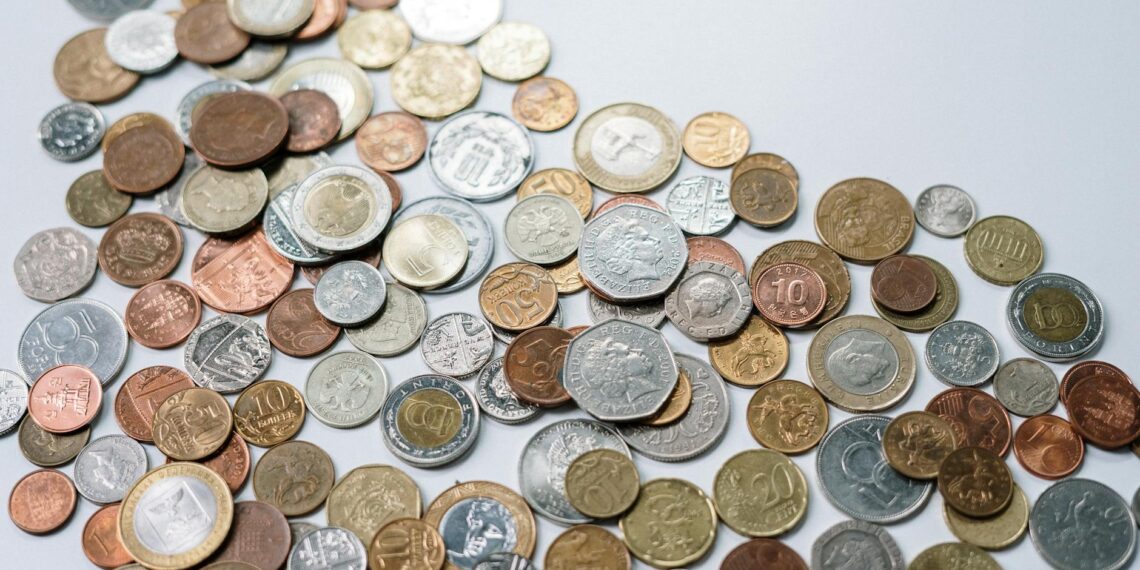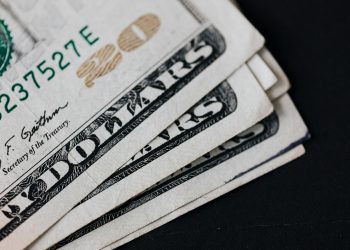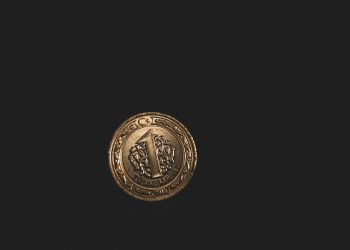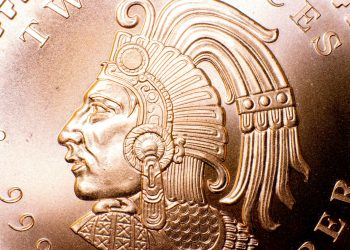Currently, there are two types of $1 coins in circulation in the United States, [according to the U.S. Mint Coin Classroom]:
- Sacagawea Dollars (also called Golden Dollars or Native American $1 Coins): These coins feature Sacagawea, a Shoshone woman who assisted the Lewis and Clark expedition, [according to the U.S. Mint].
– Obverse (heads): Shows Sacagawea in a three-quarter profile, carrying her infant son Jean Baptiste on her back.
– Reverse (tails): The reverse design of the Sacagawea dollar was initially a soaring eagle encircled by 17 stars. Since 2009, the Native American $1 Coin Program uses the Sacagawea obverse but features a new reverse design each year to honor contributions of Native Americans or Indian tribes. For example, the 2023 coin features Maria Tallchief, America’s first major prima ballerina.
– Appearance: These coins have a golden color due to their manganese brass alloy composition, [according to the U.S. Mint] . They are 26.5 mm in diameter and 2 mm thick, weighing 8.1 grams.
- American Innovation $1 Coins: This multi-year series features designs honoring innovation and innovators from each state, [according to the U.S. Mint].
– Obverse (heads): Features a dramatic representation of the Statue of Liberty in profile, [according to the U.S. Mint].
– Reverse (tails): Displays unique designs celebrating an invention or innovation from each state. The 2025 coin, for example, honors the Space Shuttle program with a space shuttle in flight.
– Appearance: Like the Sacagawea dollar, these coins are clad, with an inner copper core and an outer layer of manganese brass, giving them a golden color. They are also 26.49 mm in diameter and weigh 8.1 grams.










